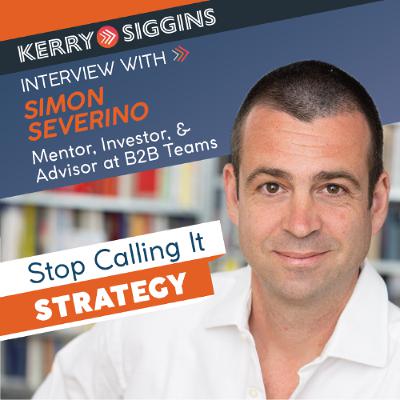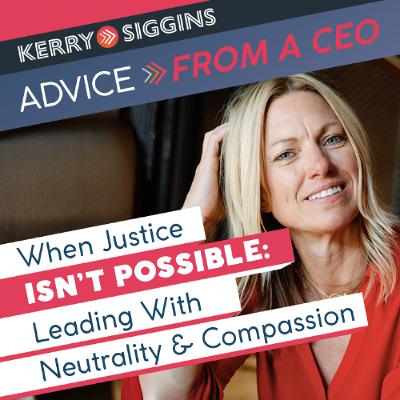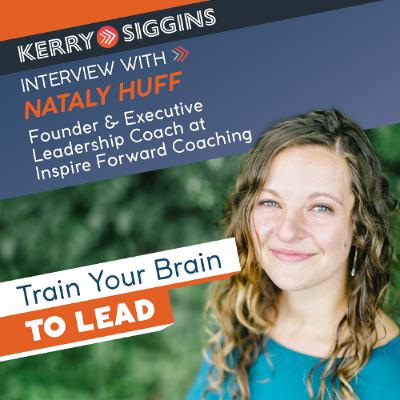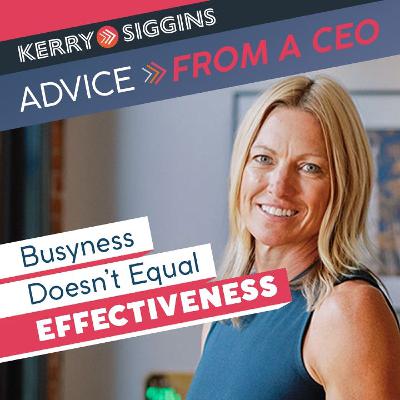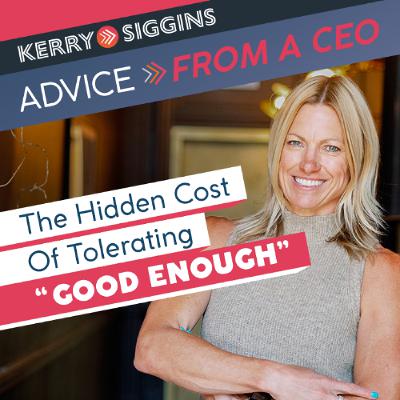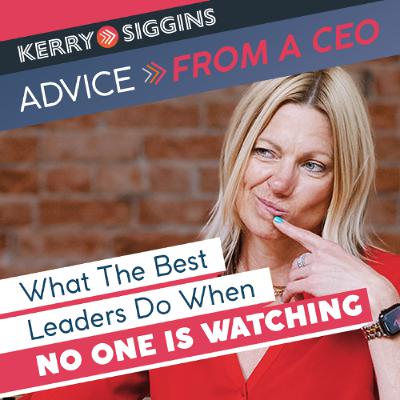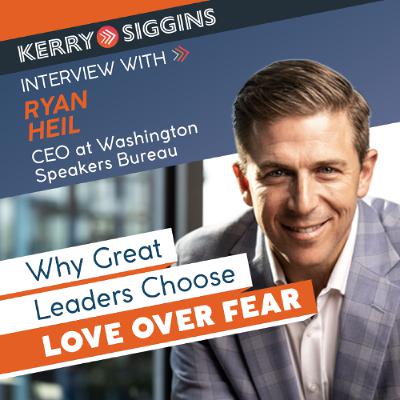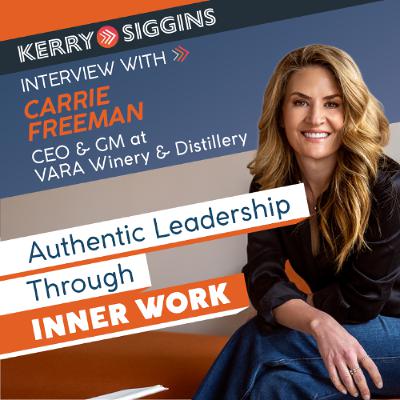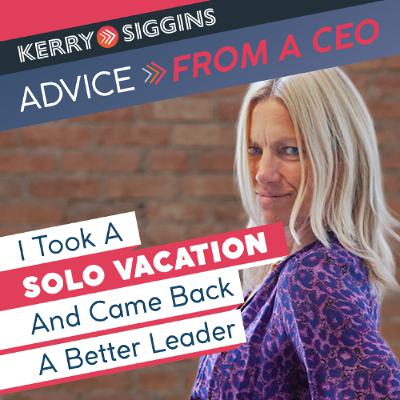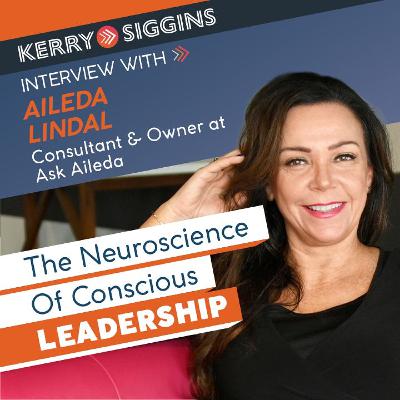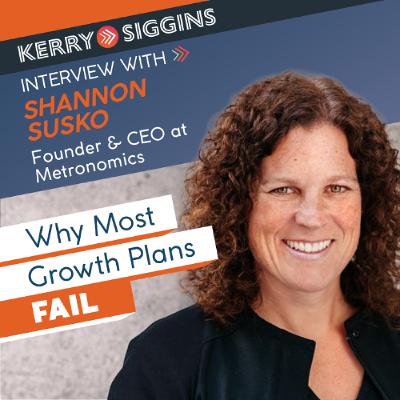Shifting From Control to Trust
Update: 2025-11-11
Description
Control is rooted in fear. Trust is rooted in strength. And when you shift from control to trust, you become a better leader.
Control often stems from a fear of being judged, a fear of things going wrong, or a fear of losing influence. I used to believe that control equals competence. The more I managed outcomes, the more successful we would be. But what I eventually learned is that control does not create confidence; it kills it.
Trust, on the other hand, unlocks potential. It multiplies leadership. It builds teams who think critically, act boldly, and take ownership for results.
In this episode of Reflect Forward, I share how I transformed my leadership by moving from control to trust and why this shift changed everything for me, for StoneAge, and for my team.
The turning point
During the pandemic, everything changed. Suddenly, I was not in the office every day. People could not walk into my office for a quick answer or to bounce ideas off me. At first, it was disorienting. If I were not the glue holding everything together, what value did I bring?
But something surprising happened: my team flourished. They made smart decisions, collaborated effectively, and solved problems without me. That was the moment I realized I had been the roadblock. My need for control, disguised as involvement, had held them back.
It was humbling to realize that control does not build leaders. Trust does.
As Stephen M. R. Covey says, “Control leads to compliance. Trust leads to commitment.” That realization became one of the most important lessons of my leadership journey.
The three dimensions of trust
Over time, I developed a simple framework to guide me in leading with trust instead of control.
1. Competence – Believe in their capability.
Trust that your people can figure things out, even if they do it differently than you.
2. Character – Believe in their integrity.
Know that they will do what is right, even when you are not watching.
3. Connection – Show them they matter.
Why trust matters
According to research by Paul Zak published in Harvard Business Review, employees in high trust companies report 74 percent less stress, 106 percent more energy, and 50 percent higher productivity than those in low trust environments.
Trust is not soft; it is smart. It is the foundation of ownership, performance, and innovation.
As Sheryl Sandberg put it, “Leadership is about making others better as a result of your presence and making sure that impact lasts in your absence.” That is exactly what trust does.
Mic drop moments
• “Control does not build leaders. Trust does.”
• “Ownership and control cannot coexist.”
• “When I stopped trying to control everything, I found something I did not expect: freedom.”
• “Coaching is adding considerations without taking back the decision.”
Key takeaways
1. Control is rooted in fear. Trust is rooted in strength. Check your motives before you step in.
2. You cannot create ownership without giving up control. Ownership requires autonomy.
3. Trust is active, not passive. Equip people, ask better questions, and coach instead of direct.
4. Develop thinkers, not followers. Build people’s confidence in their own judgment.
5. Letting go multiplies your influence. When you lead with trust, leadership spreads.
Connect with Kerry
Visit my website, kerrysiggins.com, to explore my book, The Ownership Mindset, and get more leadership resources. Let’s connect on LinkedIn, Instagram, or TikTok!
Find Reflect Forward on YouTube: https://www.youtube.com/@kerrysiggins-reflectforward
Find out more about my book here: https://kerrysiggins.com/the-ownership-mindset/
Connect with me on LinkedIn: https://www.linkedin.com/in/kerry-siggins/
Control often stems from a fear of being judged, a fear of things going wrong, or a fear of losing influence. I used to believe that control equals competence. The more I managed outcomes, the more successful we would be. But what I eventually learned is that control does not create confidence; it kills it.
Trust, on the other hand, unlocks potential. It multiplies leadership. It builds teams who think critically, act boldly, and take ownership for results.
In this episode of Reflect Forward, I share how I transformed my leadership by moving from control to trust and why this shift changed everything for me, for StoneAge, and for my team.
The turning point
During the pandemic, everything changed. Suddenly, I was not in the office every day. People could not walk into my office for a quick answer or to bounce ideas off me. At first, it was disorienting. If I were not the glue holding everything together, what value did I bring?
But something surprising happened: my team flourished. They made smart decisions, collaborated effectively, and solved problems without me. That was the moment I realized I had been the roadblock. My need for control, disguised as involvement, had held them back.
It was humbling to realize that control does not build leaders. Trust does.
As Stephen M. R. Covey says, “Control leads to compliance. Trust leads to commitment.” That realization became one of the most important lessons of my leadership journey.
The three dimensions of trust
Over time, I developed a simple framework to guide me in leading with trust instead of control.
1. Competence – Believe in their capability.
Trust that your people can figure things out, even if they do it differently than you.
2. Character – Believe in their integrity.
Know that they will do what is right, even when you are not watching.
3. Connection – Show them they matter.
Why trust matters
According to research by Paul Zak published in Harvard Business Review, employees in high trust companies report 74 percent less stress, 106 percent more energy, and 50 percent higher productivity than those in low trust environments.
Trust is not soft; it is smart. It is the foundation of ownership, performance, and innovation.
As Sheryl Sandberg put it, “Leadership is about making others better as a result of your presence and making sure that impact lasts in your absence.” That is exactly what trust does.
Mic drop moments
• “Control does not build leaders. Trust does.”
• “Ownership and control cannot coexist.”
• “When I stopped trying to control everything, I found something I did not expect: freedom.”
• “Coaching is adding considerations without taking back the decision.”
Key takeaways
1. Control is rooted in fear. Trust is rooted in strength. Check your motives before you step in.
2. You cannot create ownership without giving up control. Ownership requires autonomy.
3. Trust is active, not passive. Equip people, ask better questions, and coach instead of direct.
4. Develop thinkers, not followers. Build people’s confidence in their own judgment.
5. Letting go multiplies your influence. When you lead with trust, leadership spreads.
Connect with Kerry
Visit my website, kerrysiggins.com, to explore my book, The Ownership Mindset, and get more leadership resources. Let’s connect on LinkedIn, Instagram, or TikTok!
Find Reflect Forward on YouTube: https://www.youtube.com/@kerrysiggins-reflectforward
Find out more about my book here: https://kerrysiggins.com/the-ownership-mindset/
Connect with me on LinkedIn: https://www.linkedin.com/in/kerry-siggins/
Comments
In Channel


